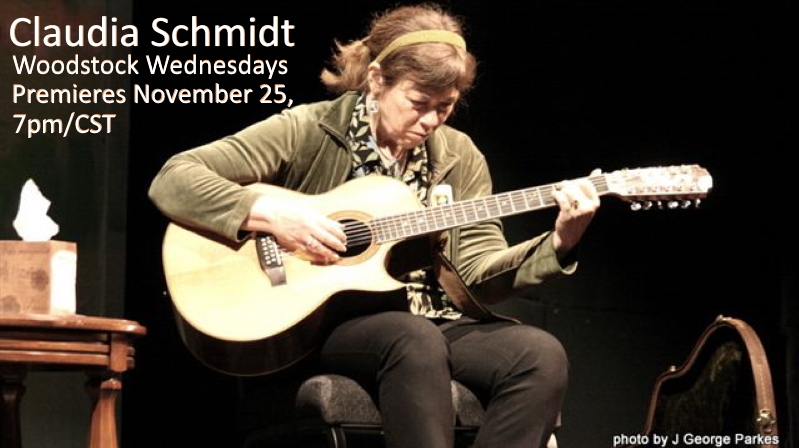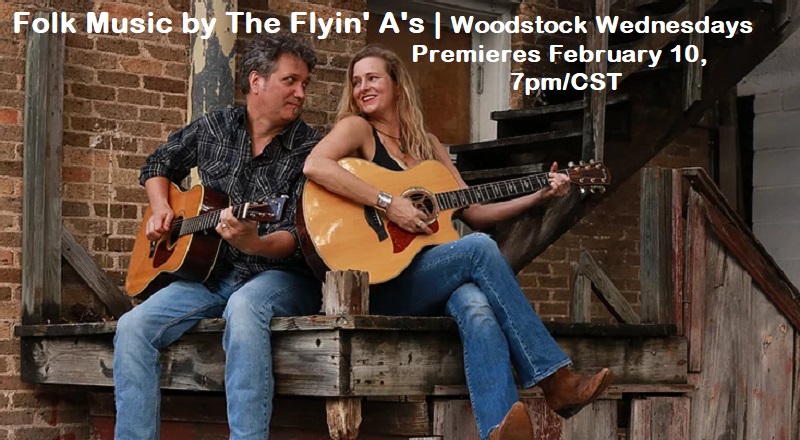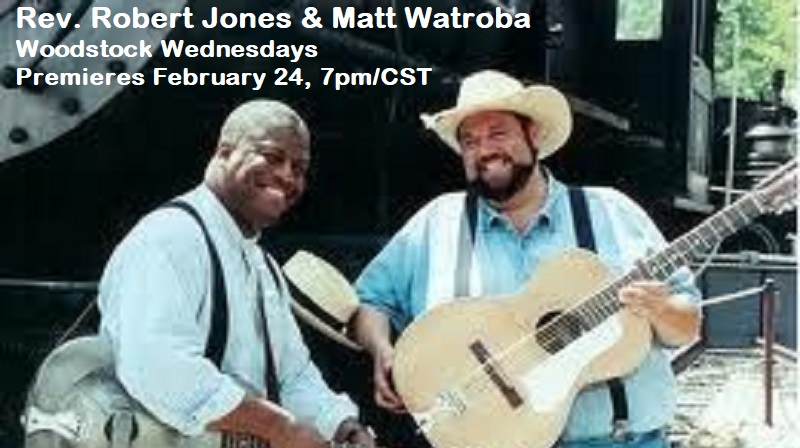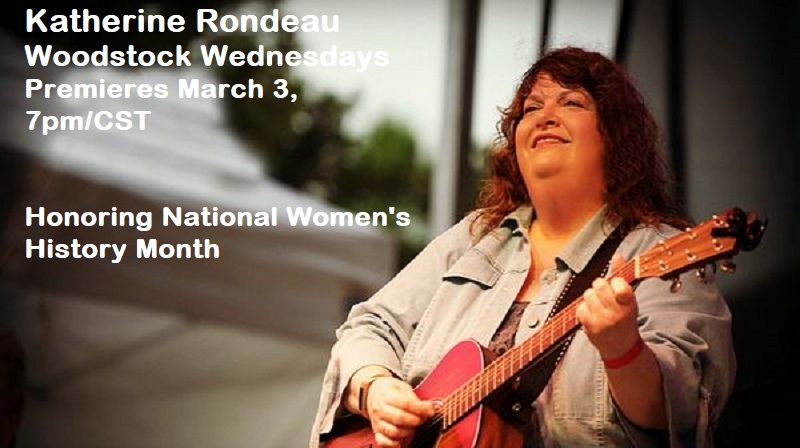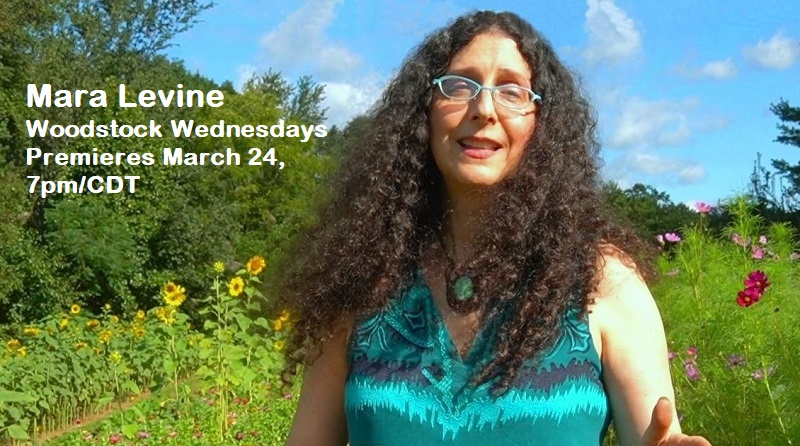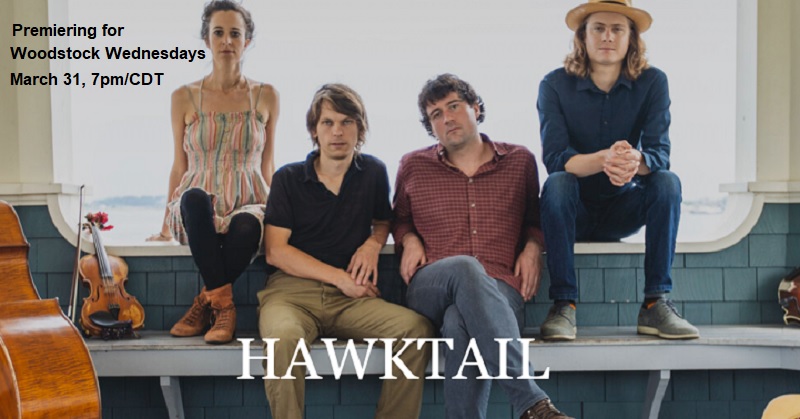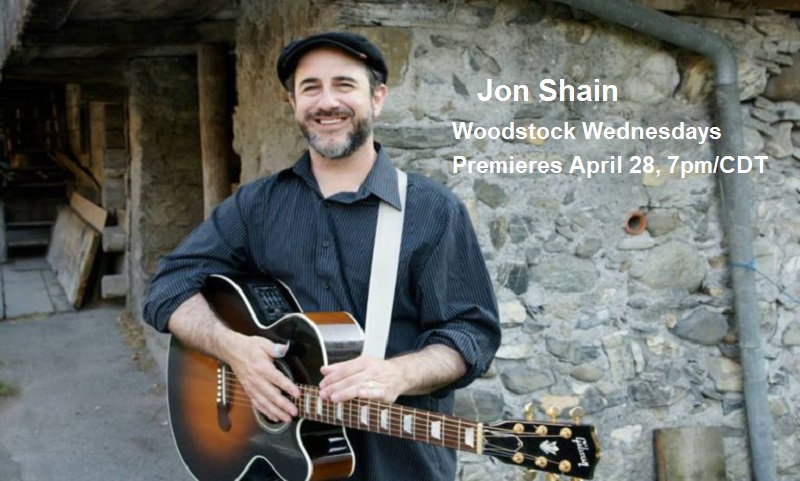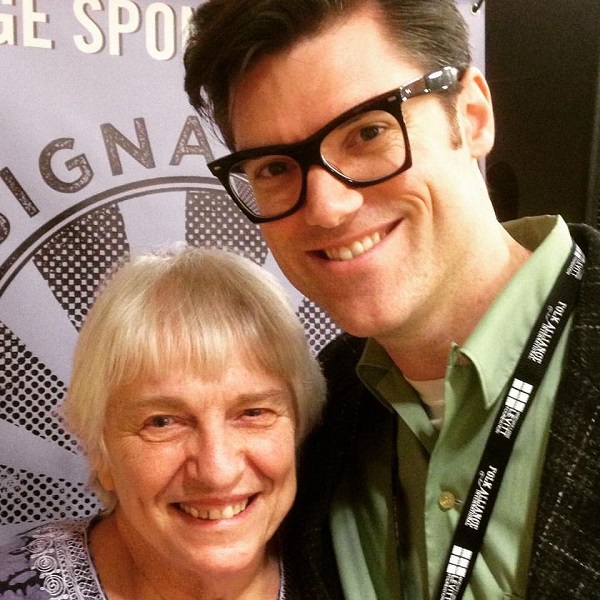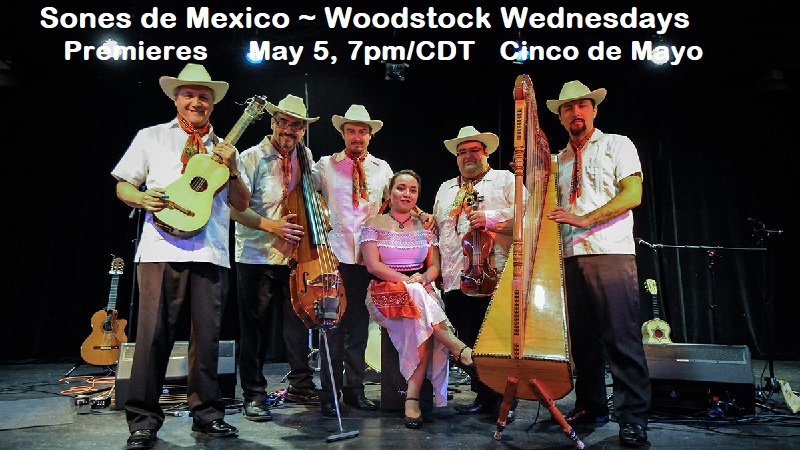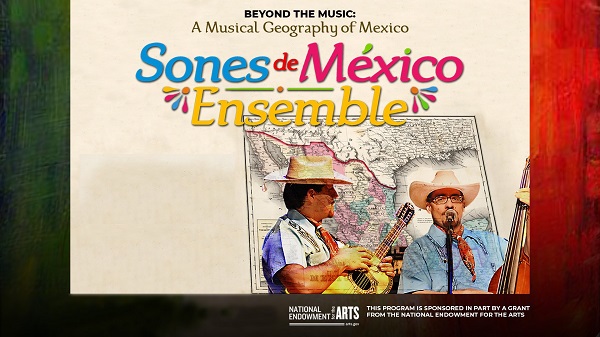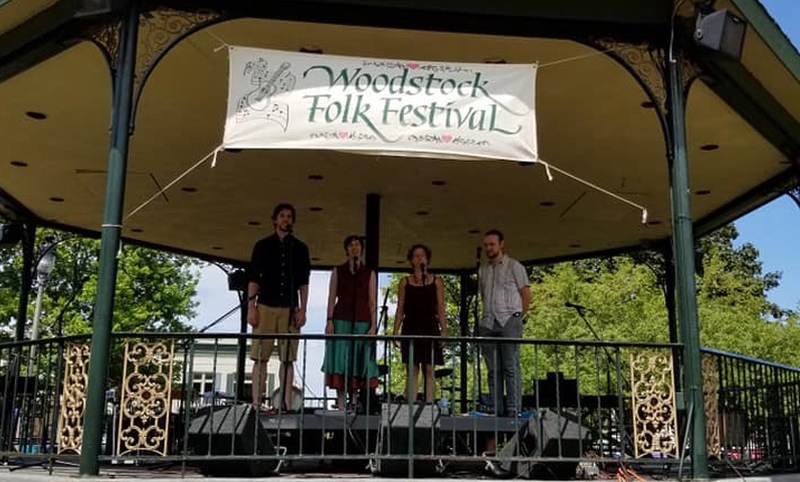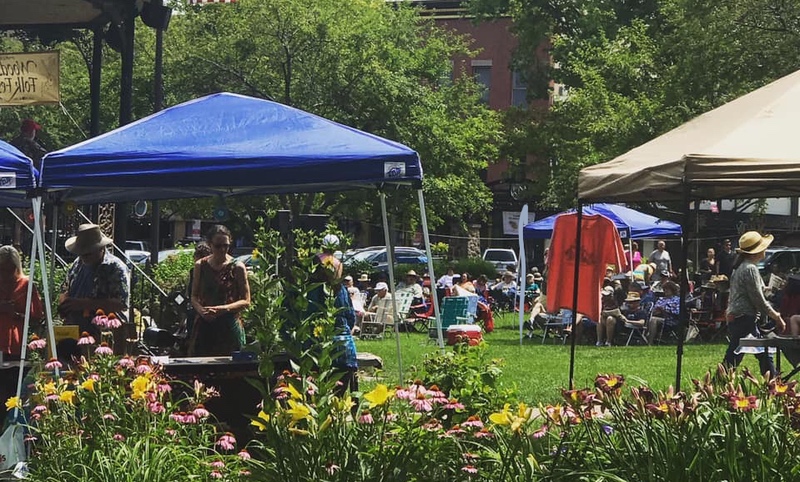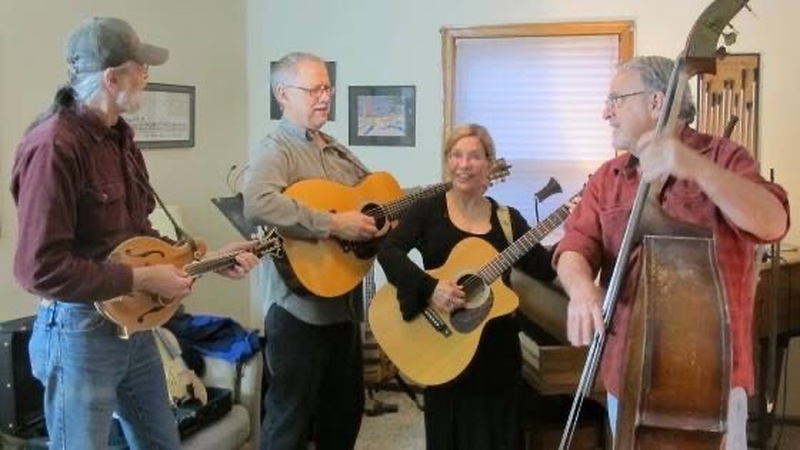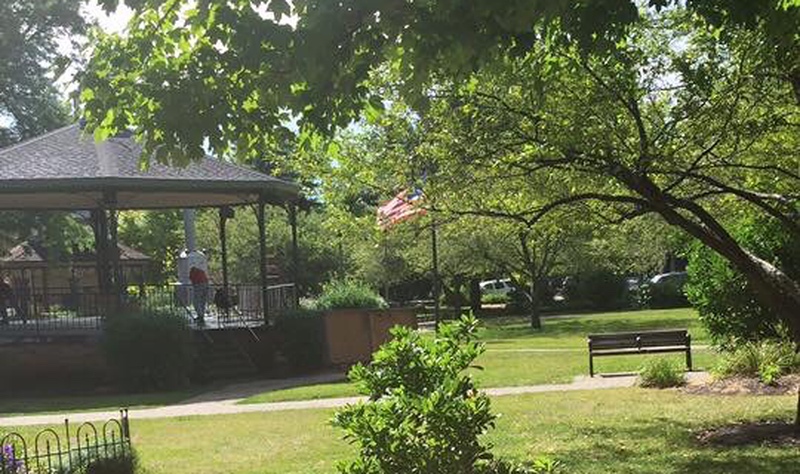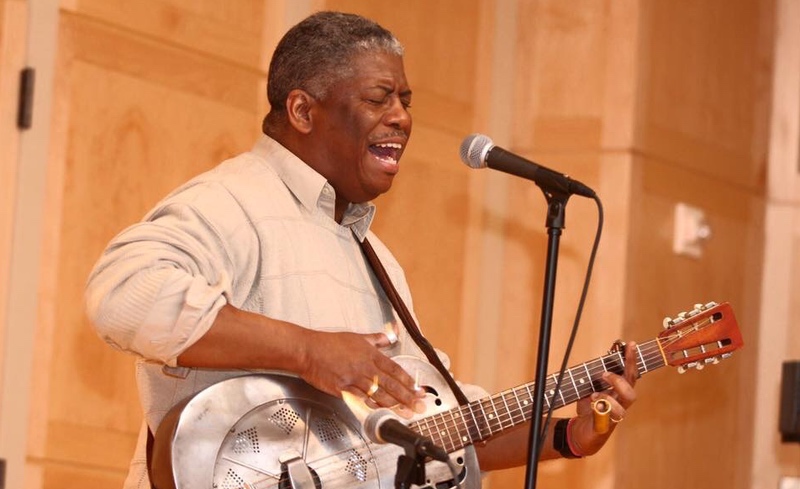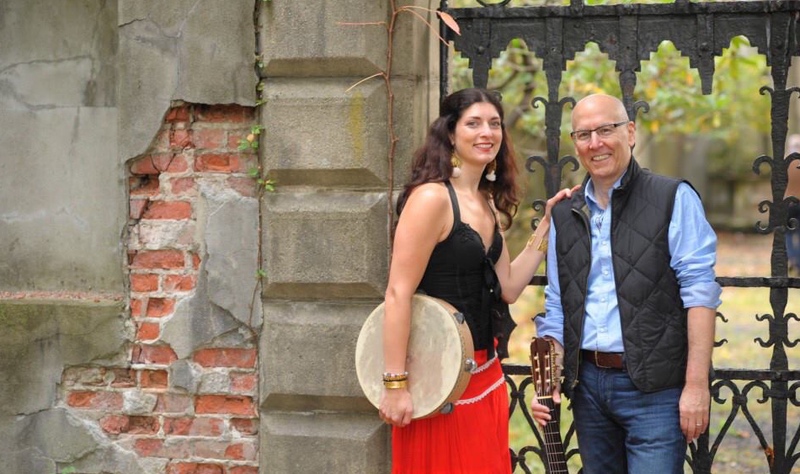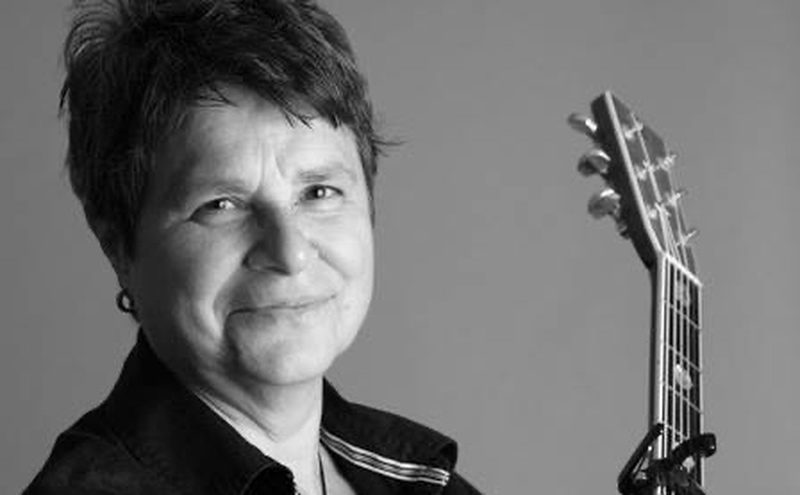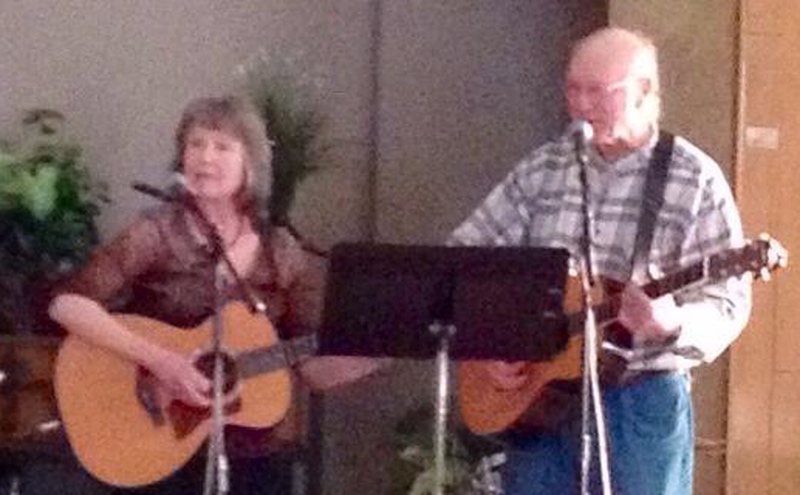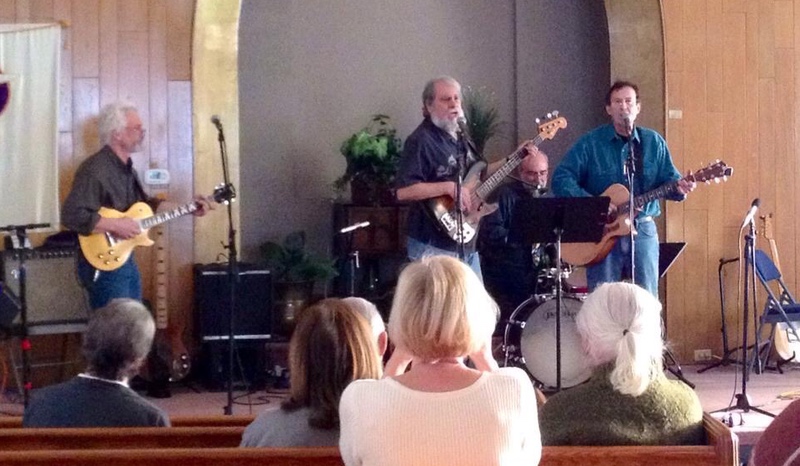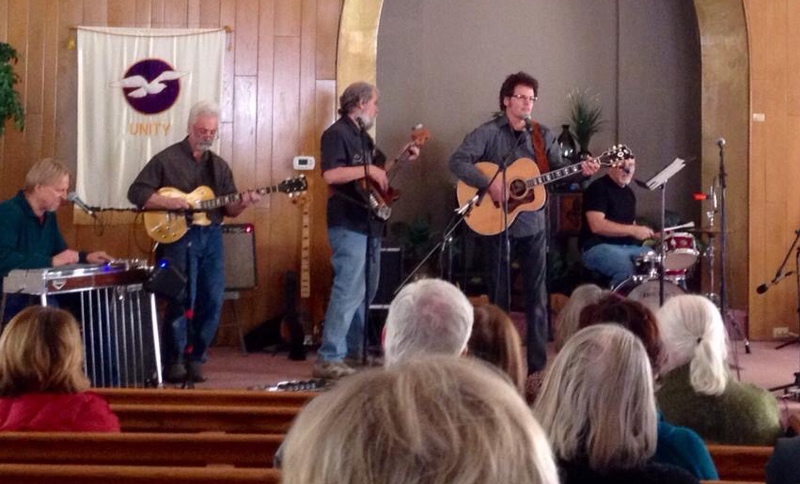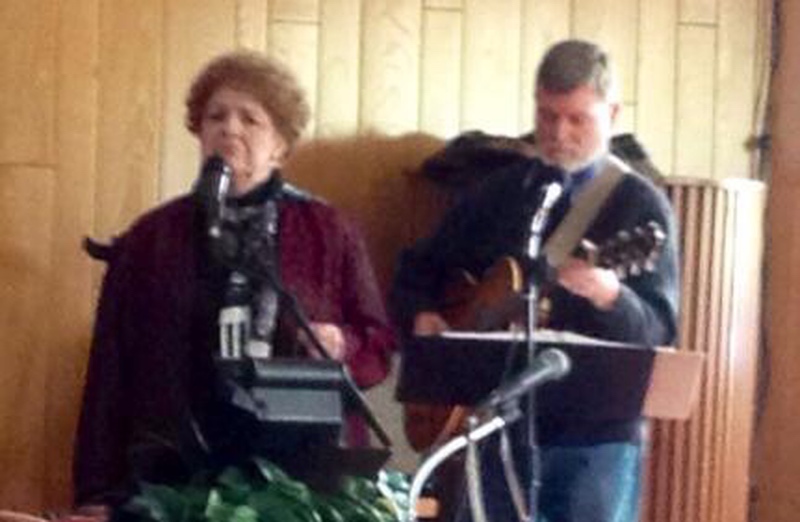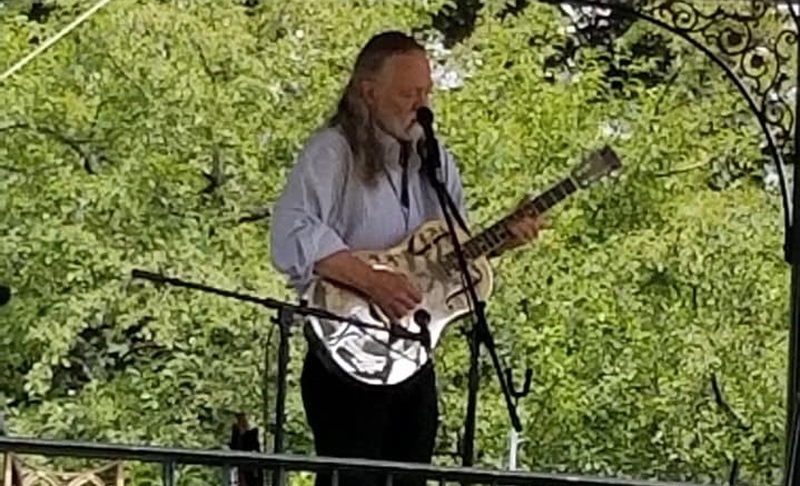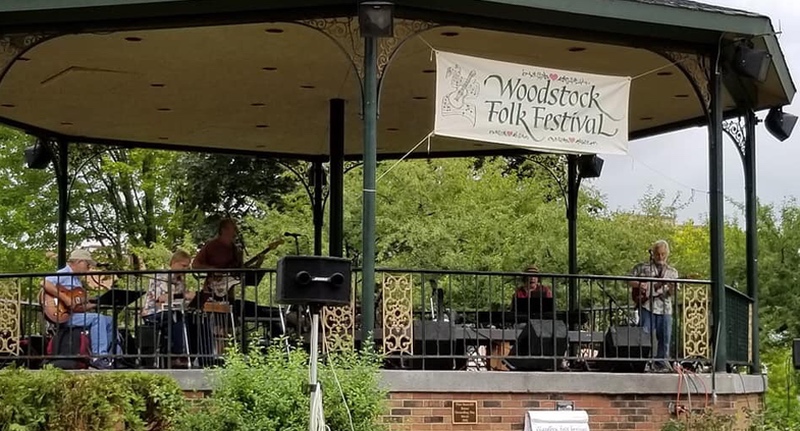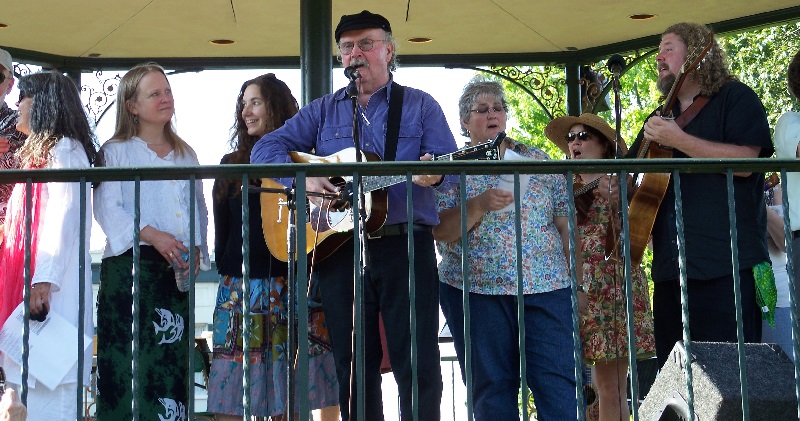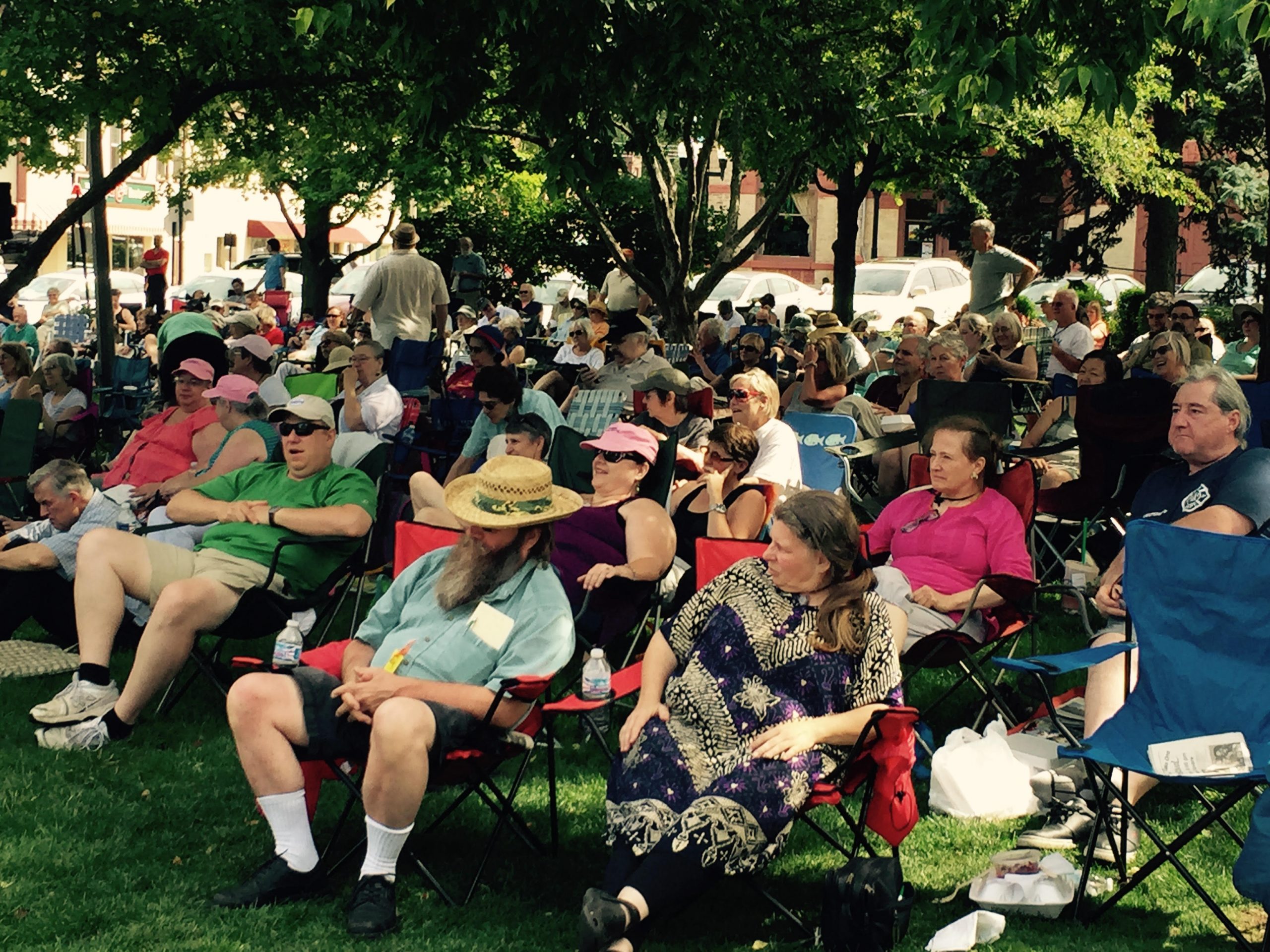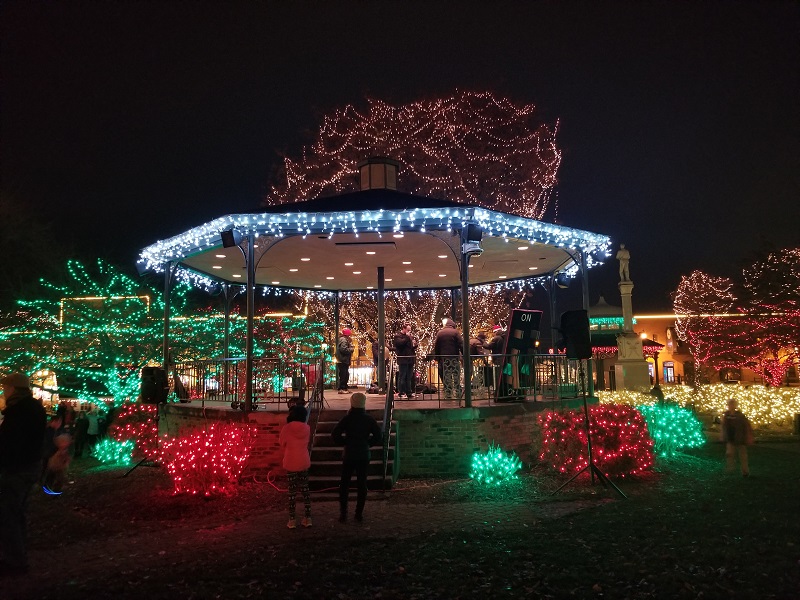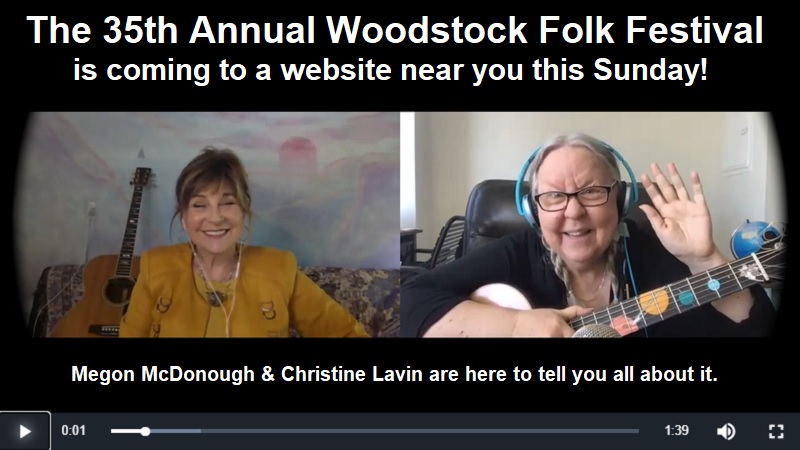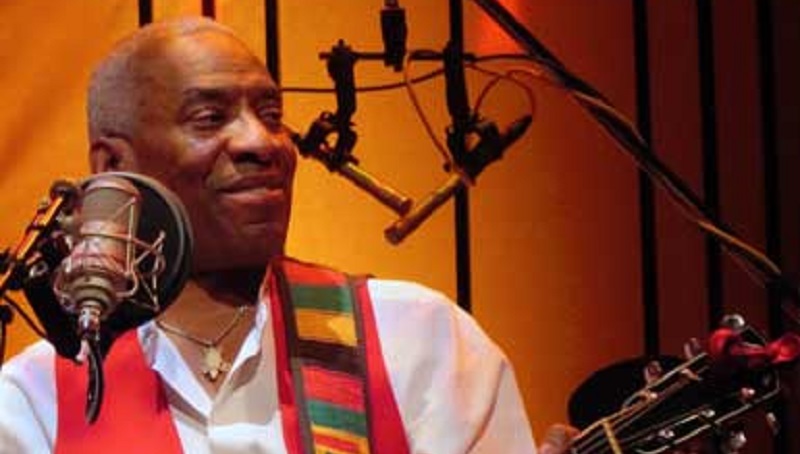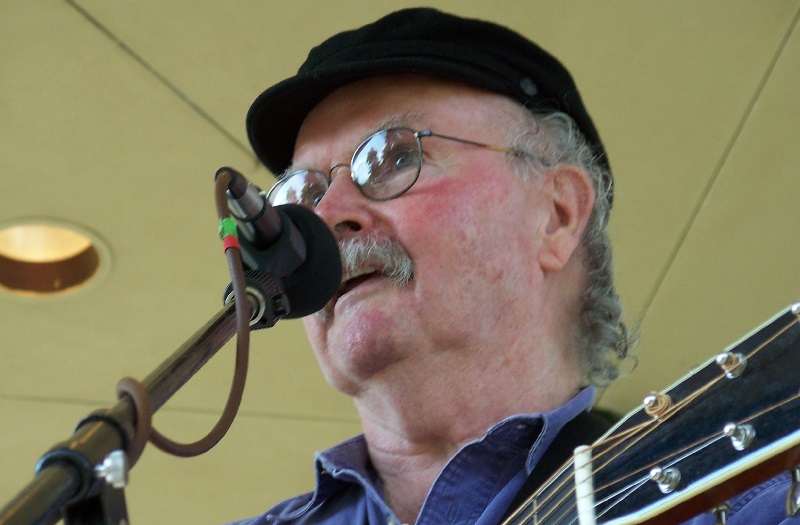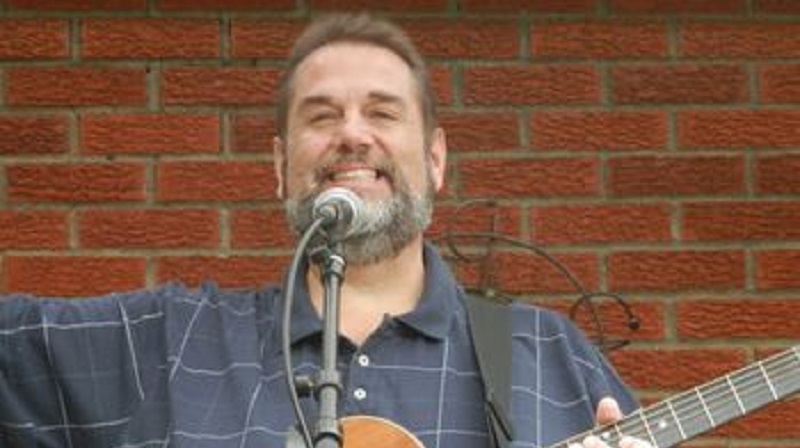By Carol Obertubbesing, President, Woodstock Folk Festival

This is the third and final post for the anniversaries commemorated in our “Power of Song” concert on April 5 (still available in the Video Gallery on this website). Previous posts commemorated the 50th Anniversary of Earth Day and the 50th Anniversary of the Student Strike of 1970.
The Woodstock Folk Festival devotes the entire month of August 2020 to the Centennial of Women’s Suffrage in the U.S. Abigail Adams, wife of John Adams, urged her husband to “remember the ladies” when fighting for independence from Great Britain in 1776, but it wasn’t until August 26,1920 that the 19th Amendment granting women the right to vote became law.
Listen to Woodstock Wednesdays at 7 p.m./CDT each week for a musical celebration of this anniversary. Read the post below to learn more about the battle for suffrage, the people who made it happen, the legacy of that passage, and the work that remains to be done.
The Festival began this celebration with its “Power of Song” concert on April 5 and included Crys Matthews’ song “American History XIX” in its July 19 Festival. In her Woodstock Wednesday segment on July 22, Meghan Cary talked about her River Rock Project and the Toast to Tenacity. Jack Williams commemorated the Centennial during his Woodstock Wednesday segment. All of these virtual events are available in the Video Gallery on the Festival website.

The celebration kicked into high gear on August 5 and continues throughout the month.
- Woodstock Wednesdays, August 5, – Natalia Zukerman – musician, painter, and educator – creator of “The Women Who Rode Away”
- Woodstock Wednesdays, August 12 – Donna Herula – blues guitarist, singer, teacher
- Woodstock Wednesdays, August 19 – Holly Near – singer, songwriter, actress, teacher, activist
- Woodstock Wednesdays, August 26 – Tret Fure – singer, songwriter, artist, teacher, producer
- August 18 – 26 – learn more about Women’s Suffrage on the Festival website; August 26 – Women’s Equality Day and Toast To Tenacity; River Rock and Justice Bell projects; national celebration – more information will be posted on Festival website
To get weekly reminders about Woodstock Folk Festival events, go to woodstockfolkfestival.org and sign up on the right side of any page.
The Festival is an Illinois 501(c)(3) non-profit organization, made possible in part by Radio Partners WDCB, WFMT, and WNUR, the City of Woodstock, and Real Woodstock (www.realwoodstock.com).
Events
There is lots going on of interest in commemoration of the 100th Anniversary of Women’s Suffrage in the U.S.:
- Monday, August 17 – 11 a.m./CDT – YouTube – conversation between Elaine Weiss, author of The Woman’s Hour: The Great Fight to Win the Vote, and Hillary Rodham Clinton, moderated by Carla Hayden, the first woman and the first African American Librarian of Congress
- Wednesday, August 26 – Women’s Equality Day
- 11 a.m.-12:30 p.m./CDT – Toast To Tenacity and Ringing of the Justice Bell – webcast available for free at women100.org; there’s a Toast to Tenacity Toolkit at the website for anyone who wants to organize sister events; Meghan Cary, who was featured in the July 22 Woodstock Wednesday and who will perform at the July 18, 2021 Woodstock Folk Festival, is part of this celebration;
- 7-9 p.m./CDT – “American Women’s Suffrage @100: Songs of Celebration & Struggle with Kristin Lems (Kristin performed at WFF April 5 concert) – NOW Chapter virtual meeting. Connect in via Zoom at this link:
- https://us02web.zoom.us/j/85318835629?pwd=ZW1KVWdlOGozR29zU0h1Rms 3cXJRQT09
- Or dial in at 312-626-6799
- Specify meeting ID 853 1883 5629 with password 569464
- Or on your smartphone, just tap this link:
- +13126266799,,85318835629#,,1#,569464#
- 7-8 p.m./CDT – Facethemusic4era: Songs of Unity & Action virtual concert – Facebook Live & Online;
- 3 p.m./CDT – Lilly Ledbetter (the woman behind the Lilly Ledbetter Fair Pay Act) will be honored at National Women’s Hall of Fame in Seneca Falls, NY – see www.womenofthehall.org for more info;
More resources for Women’s Equality Day are available at:
- nationalwomenshistoryalliance.org;
- https://www.2020centennial.org (has calendar with many events during August);
- the National Education Association at www.nea.org (includes teaching materials);
- and the Do One Thing organization at www.doonething.org
Women’s Suffrage Quiz
When did the fight for Women’s Suffrage begin?
Who started the movement?
Did music play a role in the movement?
Were there colors or symbols associated with the movement?
Why is the history of this movement important today?
Read the history below for answers to these questions and to learn more.
Background / History
Origin of the word “suffrage – The word does not have to do with suffering, but comes from the Latin word “suffragium,” meaning the right or privilege to vote.

The 19th Amendment to the Constitution – The right of citizens of the United States shall not be denied or abridged by the United States or by any State on account of sex. Congress shall have power to enforce this article by appropriate legislation.
Women’s Suffrage Around the World – In 1792 British philosopher Mary Wollstonecraft published A Vindication of the Rights of Woman: With Strictures on Political and Moral Subjects. This work about the rights of women influenced many early suffragists. In 1893, New Zealand was the first nation to give women the right to vote, but not to stand for office.
In 1902 Australia was the first country in the world to give most women the right to vote and the right to stand for the Commonwealth Parliament. Finland was the first country in Europe to give women the right to vote. Many countries, including Norway, Denmark, Estonia, Latvia, Lithuania, Russian Republic, Ukrainian People’s Republic, Uruguay, Crimean People’s Republic, Austria, Azerbaijan, Germany, Poland, Great Britain, Afghanistan, First Republic of Armenia, Luxembourg, and the Netherlands gave women the right to vote before the U.S. ratified the 19th Amendment. Women could not vote in France until 1944; Greece, 1952; Switzerland, 1971; Since Saudi Arabia granted women the right to vote in 2015, women now have the vote in every country that has elections.
As of November 2019, 29 countries currently have women serving as heads of state or government and 75 countries previously had women as head of state or government since 1950.
Women’s Suffrage in the U.S.
Before Europeans and other settlers arrived in what later became the U.S., Native AmeNrican women had a political voice. Matilda Jocelyn Gage, who later became an honorary member of the Mohawk Nation, wrote about indigenous societies and saw them as a model for a just world. Along with Elizabeth Cady Stanton and Susan B. Anthony, she was a leader of the National Woman Suffrage Association.Even European women in the colonies sometimes enjoyed voting rights in the 17th and 18th Centuries, rights that were later rescinded and not regained until 1920.
The beginning of the Women’s Suffrage Movement in the U.S. is usually considered to be the first Women’s Rights Convention in Seneca Falls, NY held over two days in July, 1848. Many women were active in the anti-slavery movement and when they were p prohibited from speaking at an anti-slavery convention in London in 1840, they began to focus on women’s suffrage.
Elizabeth Cady Stanton and Lucretia Mott were among the women at the London Convention; along with several other women, they organized the 1848 Convention. Frederick Douglass was one of the men who supported them in their efforts, at least at the beginning. Out of that Convention came the Declaration of Sentiments, modeled on the Declaration of Independence. The most hotly contested resolution was “the right to the elective franchise.”
Abolitionist Frederick Douglass who attended the convention and supported the women’s efforts argued for it and, because of his and Stanton’s efforts, resolution 9 passed by a small majority. The Declaration was published in the North Star, an abolitionist newspaper founded by Frederick Douglass. Other conventions followed, but the groundwork was laid in Seneca Falls, a town in the “Burned-over District” of central and western NY known for its 19th Century religious revivals and reform movements.

In 1851, Stanton met Susan B. Anthony, who was involved in the temperance movement. For many women, anti-slavery, temperance, and suffrage were intertwined, but in other cases, rifts developed between the figures in these movements. For example, when Frederick Douglass espoused the right to vote for African Americans, he did not advocate for women; he felt that would defeat the effort. Some women saw the vote as a way to end slavery while some white women saw it as a way to maintain white supremacy.
While the women’s movement had to some extent come out of the abolition movement, with the passage of the 14th and 15th Amendments to the Constitution, a schism had developed between the participants. Religion played a role on both sides of the debate.
For much of the latter part of the 19th Century the National Woman Suffrage Association, which favored a federal effort, and the American Woman Suffrage Association, which favored a state-by-state approach, vied for attention. In 1890 the two groups merged under the leadership of Carrie Chapman Catt to form the National American Woman Suffrage Association, but in the early 20th Century, with the founding of the National Women’s Party headed by Alice Paul, there was again a split; this time, the division was over strategies and tactics, with the NWP favoring a more militant, but still non-violent, approach.
In addition to Stanton, Mott, and Anthony, other prominent women in the fight for suffrage included Harriet Tubman, Sojourner Truth, Sarah and Angelina Grimke, Carrie Chapman Catt, Lucy Stone, Frances Willard, Alice Paul, Sue White, Ida B. Wells, Emmeline Pankhurst, and Millicent Garrett Fawcett. Because of Susan B. Anthony’s staunch fight for the right to vote over so many years, the 19th Amendment was also known as the Susan B. Anthony Amendment.
The territory of Wyoming was the first to give women the right to vote in 1869 and was the first state to do so when it became a state in 1890. As with other suffrage movements, motives were not always altruistic. For example, in Wyoming, suffrage was seen as a tool to bring more women to the state and then vote for the Democratic Party that gave them the right; it would also help Wyoming reach the population threshold required for citizenship. Wyoming has the nickname “Equality State” and its motto is “Equal Rights.”
Other western states soon followed. However, in some of those states, such as Utah, the right was later rescinded. In some states women could vote only for certain offices and did not have full voting rights. Colorado, Idaho, Washington California, Arizona Kansas, Oregon, Montana, Nevada, Oklahoma South Dakota and the territory of Alaska were among the 15 states where women had full rights before 1919. In New Jersey unmarried women were allowed to vote from 1776 to the early 1800s but then the law was changed to “free white male citizens” in 1807. Tennessee, the final state needed for ratification, voted for the 19th Amendment on August 18, On August 26, Secretary of State Bainbridge Colby certified the vote and women across the U.S. achieved full voting rights.
One of the many splits in the movement came at the onset of World War I. Some women felt that by pausing the suffrage movement and joining the war cause, they could show they deserved the right to vote and would win male votes. Others felt the battle for suffrage had to continue; they argued that it made no sense to be fighting for democracy in other countries when women in this country didn’t have one of the basic rights of a democracy, the right to vote.
These women were called unpatriotic and often faced violence at their demonstrations. One might compare this to the civil rights demonstrations after World War II or the youthful protesters during the Vietnam War who argued that if 18-year-olds were old enough to go to war, they were old enough to vote and have a say in whether to fight that war. Women used a variety of tactics in their fight for suffrage – tea parties, petitions, lobbying, demonstrations across the country, parades, and even hunger strikes.
After demonstrating outside the White House and burning an effigy of President Woodrow Wilson, women were sent to a jail filled with sewage, rats, roaches, and other unsanitary conditions; some were put in solitary confinement even for peacefully demonstrating; during a hunger strike at the jail, women were force fed by putting eggs and milk in a tube down their throats. Often when they encountered violence, the police ignored the violators and allowed women to be injured. The parallels to some of today’s history are striking.
There were many reasons people opposed women’s suffrage: a belief that woman’s place was in the home; a fear of black women voting; a fear of female voters demanding child labor laws; anti-temperance lobbying by the liquor industry; fear of women demanding railroad regulation; fear of loss of protections for women; fear of exposure of back-room deals and shady political tactics.
The first Women’s Suffrage Parade in Washington D.C. on March 3, 1913, the day before
President Woodrow Wilson’s inauguration, ushered in a century of Washington parades and marches that continues to this day. The parade was organized by Alice Paul and Lucy Burns of the NAWSA. 5000-10,000 suffragists and their supporters marched down Pennsylvania Avenue. Not until after the War did Wilson finally support the cause. There were parade marshals, bands, and floats. Simultaneously there were tableaux at the Treasury Building. The women encountered an angry crowd; police did little and some people were injured. The suffragists used police failures to their advantage and sympathetic members of the crowd created a human wall to protect them. The protesters responded to a hostile crowd with non-violence and determination.
When reading accounts of this parade – and other events before and after – it becomes clear how determined women were to achieve the vote and how they used their o oratorical and organizing skills to make people aware of the issue and to change hearts and minds. There were special trains bringing suffragists to Washington, as in later years there were special buses for the Civil Rights Movement, the Anti-War Movement, and the Women’s Marches and Black Lives Matter demonstrations of the 21st Century.
The suffragists could often be spotted by their purple, white, and gold banners and white
dresses. The jonquil was associated with them while the red rose was associated with the anti-suffragists. In later efforts, particularly demonstrations in Tennessee during the final push, suffragists continued to march with purple, gold, and white banners and picket signs. They were often seen as radical and militant, but their victory in Tennessee changed the course of history.
Between 1915 and 1920 the Justice Bell, a replica of the Liberty Bell but without the crack, toured Pennsylvania and surrounding states World War I and women’s participation in it strengthened the movement for women’s suffrage.
Women worked in factories, served as ambulance drivers, and helped the war effort in many other non-traditional ways. The House and Senate finally passed the 19th Amendment in 1919 and then it was sent to the states for ratification. Tennessee, the final state needed for ratification, passed the amendment on August 18 and then the vote was certified on August 26.
Illinois and Suffrage

According to the League of Women Voters, the first suffrage organization in Illinois was formed in Earlville in 1855. According to the Evanston Women’s History Project, because of the leadership of Evanston suffragist Frances Willard, who was president of the Women’s Christian Temperance Union, Illinois had the largest woman suffrage organization in the U.S. by the 1880s.
In 1891 women in Illinois were given the right to vote for school officers. In 1913 women in Illinois were given the right to vote for president, making it the first state east of the Mississippi to give women the right to vote for president; however, they were unable to vote for legislators at the state and federal levels. Full woman’s suffrage was not realized until ratification of the 19th Amendment in 1920.
On June 10, 1919, Illinois was the first state to ratify the 19th Amendment, but due to an
administrative error which necessitated a second vote the following week, Wisconsin and Michigan, which voted later that day, are considered the first states.
Louise DeKoven Bowen was helpful in gaining women the right to vote. Ida B. Wells fought for both African American and women’s rights. Recently her efforts were recognized with the renaming of Congress Parkway. She received a posthumous Pulitzer Prize special citation for her reporting on lynching. Jane Addams, in addition to her other reforms, was also an advocate for women’s suffrage. Katharine Dexter McCormick was a suffragist and philanthropist and funded much of the research to develop the first birth control pill. One of the first female graduates of MIT, during World War I, she was Chair of NAWSA’s War Service Department and later became Vice President of the League of Women Voters.
Legacy
Even though women were granted the right to vote, it wasn’t until 1980 that they voted in numbers equal to men. Numerous groups of women did not even gain the right to vote in 1920. For example, African American women faced the same obstacles to voting that men did.
While women achieved the right to vote in 1920, many women faced discrimination in other areas. Native American women (and men) did not get citizenship and the right to vote until 1924 and some states barred them until 1948. Chinese immigrants (women and men) weren’t given the right to citizenship and the right to vote until 1943. Other Asian immigrants did not gain naturalization and voting rights until 1952. The Voting Rights Act of 1965 protected voter registration and voting for racial minorities and corrected some discriminatory policies. Those between 18 and 21 did not attain the right to vote until 1971. Residents of Washington, D.C. and military personnel also received their rights later and felony disenfranchisement continues to be debated.
Jeannette Rankin was the first woman elected to Congress in 1916; she pledged to work for a suffrage amendment. As of November 2019, women comprise 23.2% of the U.S. representatives. As Speaker of the House, Nancy Pelosi is the highest ranking woman in the presidential line of succession. The first woman appointed to the Senate was Rebecca Latimer Felton of Georgia, but she only served for one day. Hattie Caraway of Arkansas became the first woman to win election to the Senate in 1932. Margaret Chase Smith was the first woman to serve in both the House and the Senate. In 1978, Nancy Kassebaum became the first woman elected to a full term in the Senate without her husband having previously served in Congress.
The first bathroom facilities for women in the Senate didn’t come until 1992 and women couldn’t wear pants on the Senate floor until 1993. Not until 2018 when Senator Tammy Duckworth gave birth to her daughter were women allowed to bring a child under the age of one on the Senate floor and to breastfeed them during votes. In 2018 Krysten Sinema became Arizona’s and the first openly bisexual senator from any state. As of January 2020 there are 26 women serving in the Senate. Nellie Taylor Ross was the country’s first female governor in Wyoming in 1924.
After the 19th Amendment was ratified, Alice Paul and The National Woman’s Party turned their attention to a federal Equal Rights Amendment (ERA). The first version of the Equal Rights Amendment was written by Alice Paul and Crystal Eastman and introduced to Congress in December 1923.
Many of the arguments used against women’s suffrage were also used against the ERA. The ERA was passed by the House in 1971, and the Senate in 1972. The initial 1979 ratification deadline was extended to 1982. Attempts have been made to extend that deadline or to render it moot. Illinois didn’t approve the ERA until 2018 and Virginia was the most recent state to ratify it this year. Questions remain about the time period for ratification and what to do about the five states who rescinded their ratifications.
Even before the 19th Amendment was passed, Carrie Chapman Catt founded the League of Women Voters, which continues to this day. This non-partisan organization was designed to educate women about the political process and now does that for the general population. Seneca Falls now has the Women’s Rights National Historical Park and the National Women’s Hall of Fame. In 1983 the Women’s Encampment for Peace and Justice was held there.
Concluding Thoughts – Why Is This Centennial Important Today?

Importance of voting
According to the U.S. Census Bureau, in 2016, only 61.4% of the citizen voting-age population reported voting, a number not statistically different from the 61.8% in 2012. According to the Center for American Women and Politics, women voted at 63.3% compared to 59.3% for men in 2016. The number of female voters has exceeded the number of men in every presidential election since 1964. Still, when one looks at the history of Women’s Suffrage in the U.S. and how hard women and men fought for women’s right to vote and the sacrifices they made, this is a low number.
Voter Information (Illinois)
Voter Registration – In Illinois the registration period for in-person registration is 27 days before Election Day, after which you may register during the early voting period through Election Day. Mail registration forms must be postmarked 28 days before Election Day. The registration period for online voter registration closes at 11:59 p.m. on October 18, 2020 and reopens on November 5, 2020. Thus, if you want to vote on November 3, you must register by October 18. Contact your local election office for more information. If you live outside Illinois, you can get information from your local election office or by contacting the U.S. Vote Foundation, www.usvotefoundation.org.
Voter eligibility – To vote in Illinois, you must be a U.S. citizen; 17 years old on or before the date of the Primary Election and turn 18 on or before the date of the General or Consolidated Election; live in your election precinct at least 30 days prior to Election Day; not be serving a sentence of confinement in any penal institution as a result of a conviction; and may not claim the right to vote anywhere else.
Voting by Mail – Every registered voter in Illinois can request a ballot to vote by mail. Visit IllinoisVotes2020.com on your phone, tablet, or computer, and click “Request Your Vote by Mail Application,” then follow their instructions. If you have questions or need help, visit IllinoisVotes2020.com.
Music
As in so many other social and political movements, music played an important role in bringing people together and in stirring passions. Often songs were written to popular tunes such as “Yankee Doodle Dandy.” In some cases, songs were sung when speeches were prohibited at rallies. You can find some songs at the Library of Congress and Smithsonian websites The “Power of Song” bibliography listed some music resources, including sheet music.
- Anita Kallen and Catherine Thomson had a show “The 19th Amendment Turns 100! A Musical Celebration of Votes for Women” planned for August 26, but had to cancel it. They have given us permission to share their song “VOTE” from that show with you https://www.youtube.com/watch?v=DFoRtJTm9KQ&feature=youtu.be – They are working on a virtual show; we’ll post an update when we receive it.
- Check out Jack Williams’ Woodstock Wednesdays video, which premiered on July 29 and is now archived in our Video Gallery, for a performance of Jack Hardy’s song about Sojourner Truth.
- Check out Linda Allen’s “Here’s To the Women” at www.lindasongs.com; her website also has many other resources.
- Information about 19: The Musical is at www.19themusical.com
- Dolly Parton has recorded a song about the 19th Amendment
- Woodstock Wednesdays – Natalia Zukerman, Donna Herula, Holly Near, Tret Furé
Other Resources
See the bibliography in the “Power of Song” concert post.
Several programs aired on public television this spring and summer including:
- The Vote on American Experience and One Woman, One Vote
- The Women’s Vote Centennial Initiative (WVCI) at 2020centennial.org has puzzles, games, and other resources
- Women’s Suffrage Centennial Commission – womensvote100.org
- There are many excellent books written about the Women’s Suffrage Movement and the people who organized it, but the book that best captured the spirit of the women and told the history in the most compelling away, as if it were a novel, is Elaine Weiss’ The Woman’s Hour: The Great Fight to Win the Vote. See “Events” for conversation with Elaine Weiss on August 17. While the book focuses on the fight for ratification in Tennessee, the final state needed, it incorporates the more general history as well. It also explores the intersection of race and gender and has resonance with contemporary discussions.

Poem
To Susan B. Anthony on her eightieth birthday
By Elizabeth Cady Stanton – 1815-1902
February 15, 1900
I
My honored friend, I’ll ne’er forget,
That day in June, when first we met:
Oh! would I had the skill to paint
My vision of that “Quaker Saint”:
Robed in pale blue and silver gray,
No silly fashions did she essay:
Her brow so smooth and fair,
‘Neath coils of soft brown hair:
Her voice was like the lark, so clear,
So rich, and pleasant to the ear:
The “‘Prentice hand,” on man oft tried,
Now made in her the Nation’s pride!
II
We met and loved, ne’er to part,
Hand clasped in hand, heart bound to heart.
We’ve traveled West, years together,
Day and night, in stormy weather:
Climbing the rugged Suffrage hill,
Bravely facing every ill:
Resting, speaking, everywhere;
Oft-times in the open air;
From sleighs, ox-carts, and coaches,
Besieged with bugs and roaches:
All for the emancipation
Of the women of our Nation.
III
Now, we’ve had enough of travel.
And, in turn, laid down the gavel,—
In triumph having reached four score,
We’ll give our thoughts to art, and lore.
In the time-honored retreat,
Side by side, we’ll take a seat,
To younger hands resign the reins,
With all the honors, and the gains.
United, down life’s hill we’ll glide,
What’er the coming years betide;
Parted only when first, in time,
Eternal joys are thine, or mine.
This poem is in the public domain.






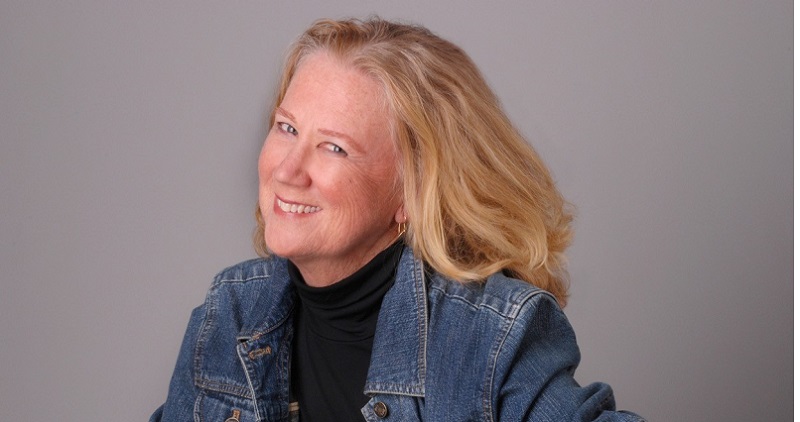


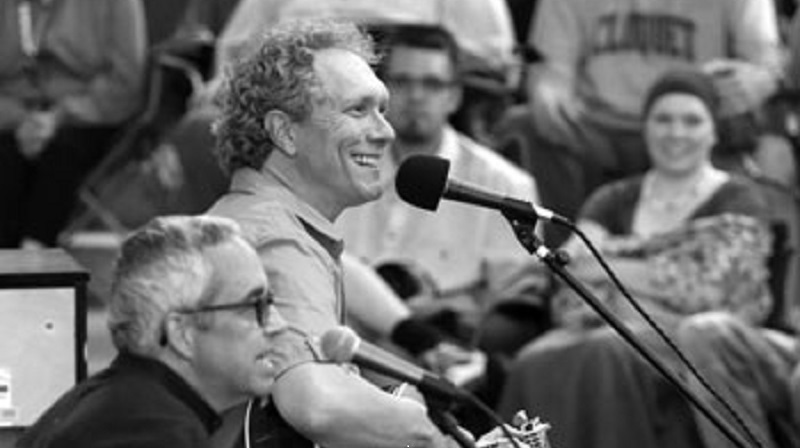

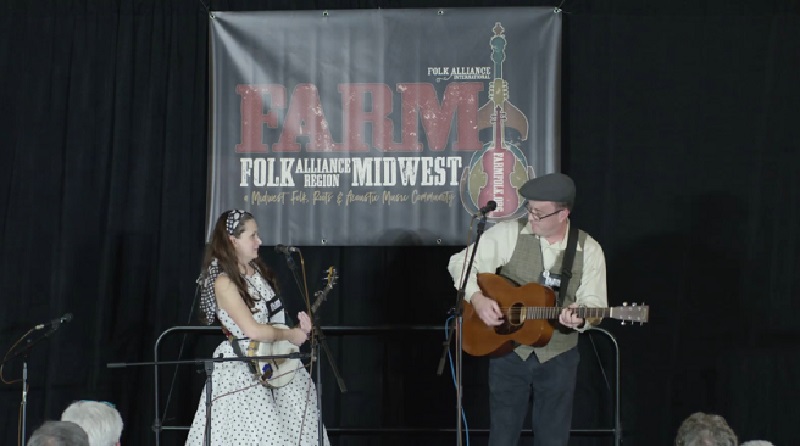
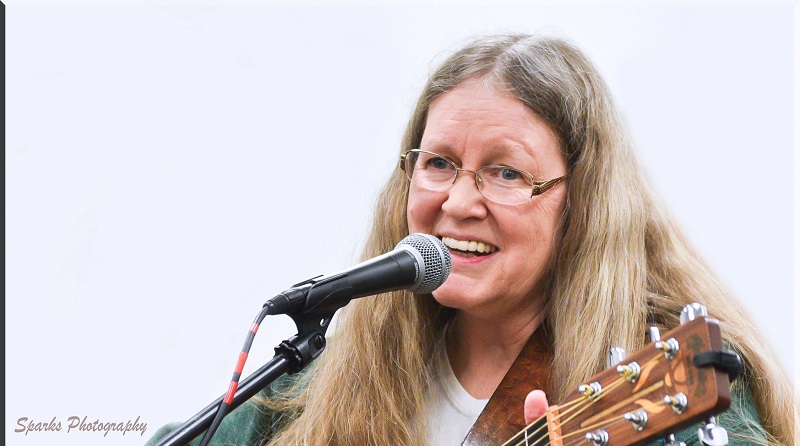

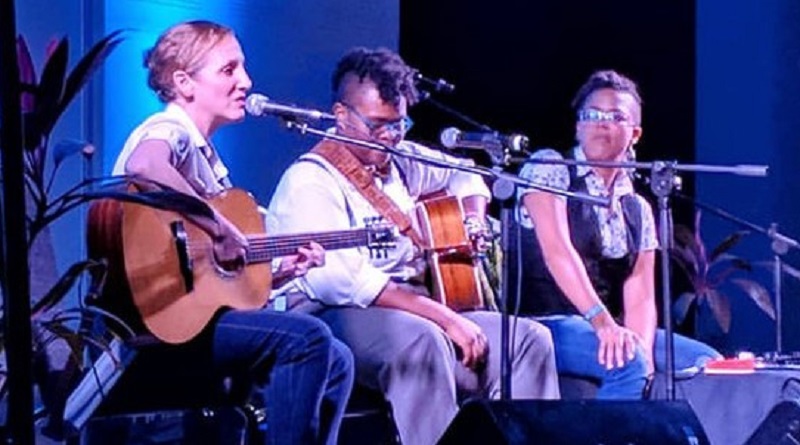

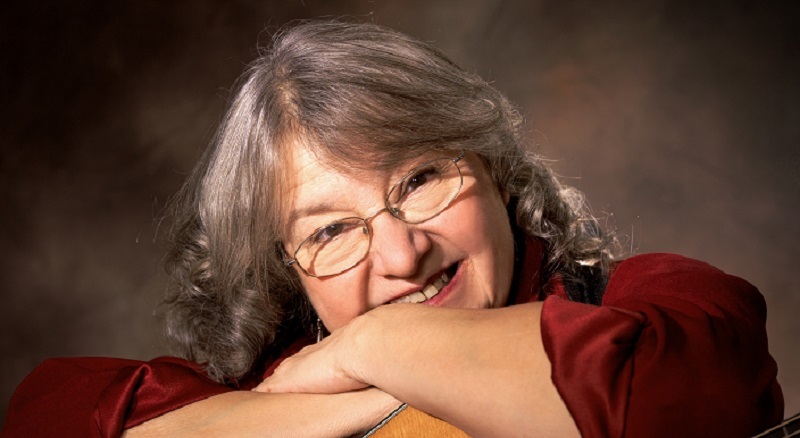
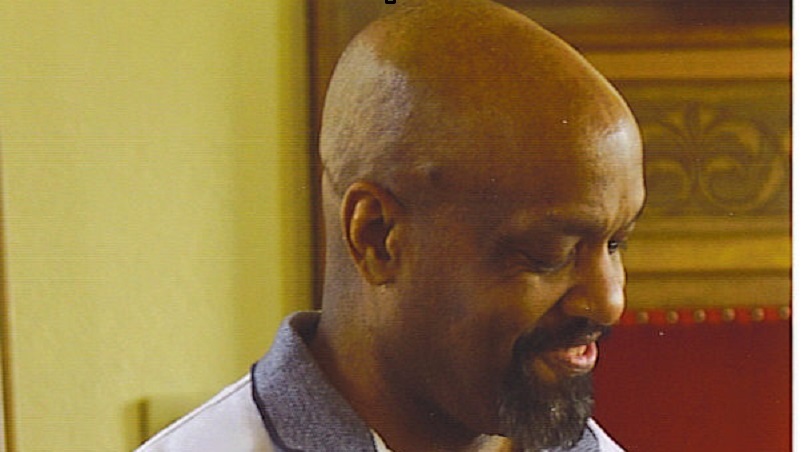

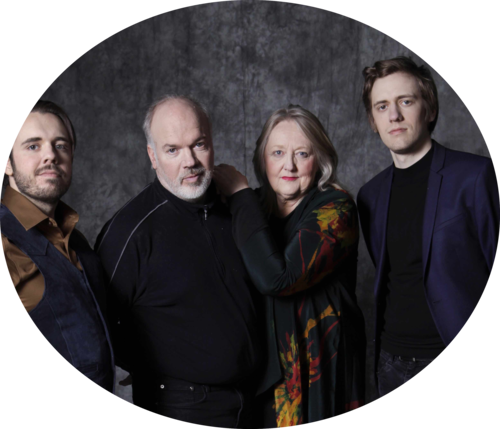

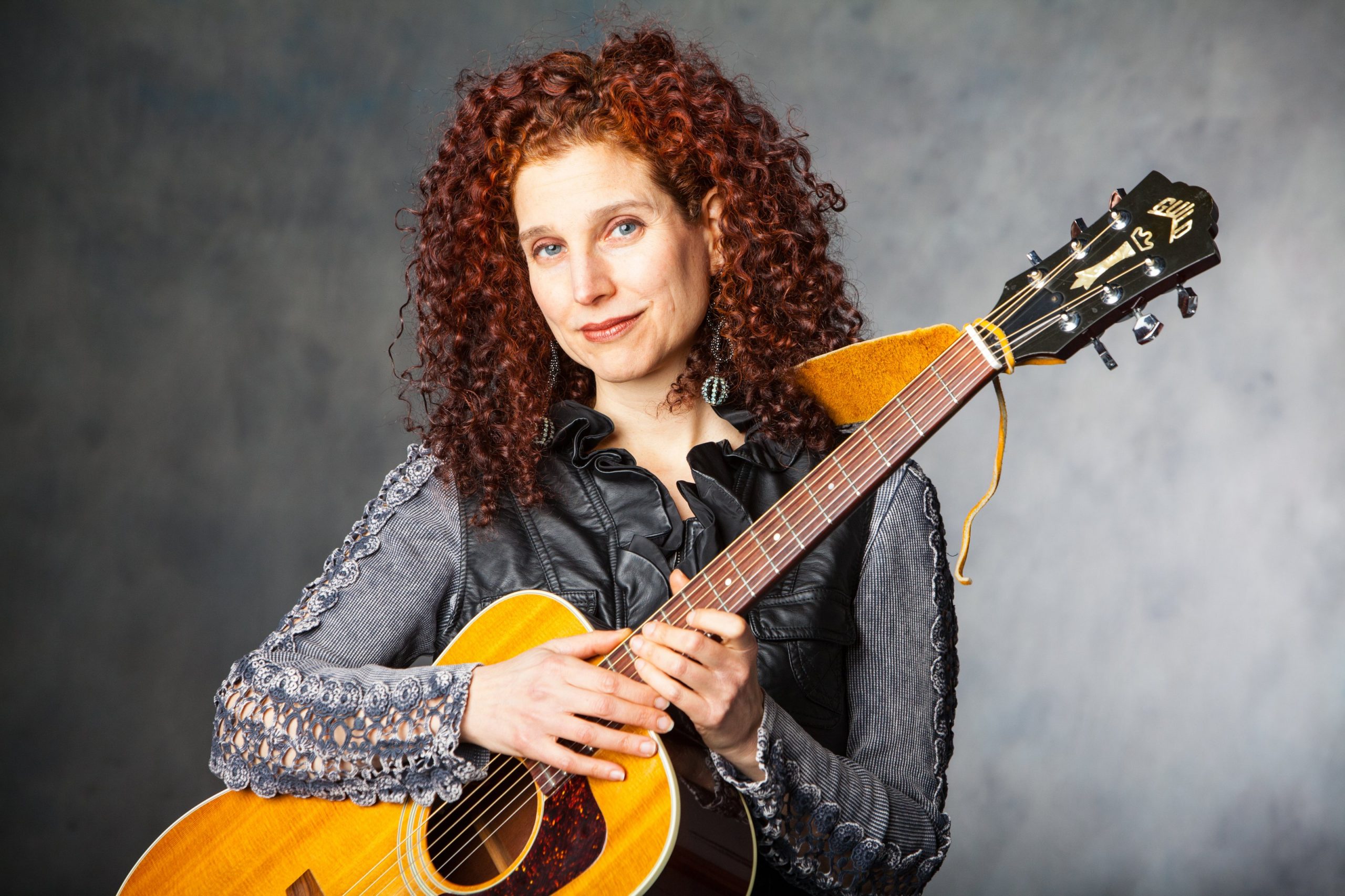



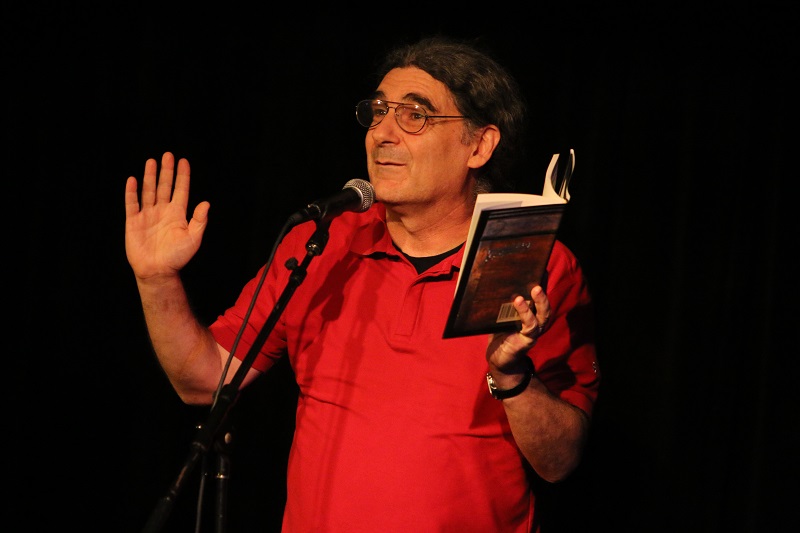


![Meghan Cary video image july 2020[7293]](https://woodstockfolkfestival.org/wp-content/uploads/2021/01/Meghan-Cary-video-image-july-20207293.jpg)

